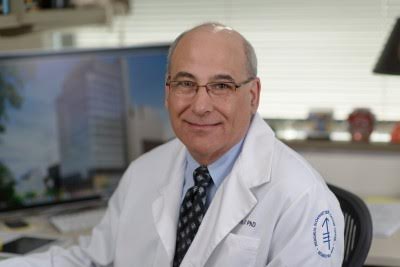In December 2015, New York City-based Memorial Sloan Kettering Cancer Center opened Josie Robertson Surgery Center as an efficient way to serve patients.

"By moving less complex surgeries from the main hospital, we are able to optimize the experience for patients while increasing capacity to treat more complex patients at Memorial Hospital," says Brett Simon, MD, PhD, director of JRSC.
Before serving patients, JRSC first had to obtain a certificate-of-need from the state of New York. Planners submitted the CON to the state on Dec. 23, 2011, and received approval in July 2012. The center worked closely with the New York's Department of Health's Public Health and Health Planning Council for months.
"Five years ago, we reviewed the landscape for trends in cancer surgery and noted that as technology evolved and patients became more informed, stays were getting shorter and more care was being provided in the ambulatory settings," Dr. Simon says.
Here are five key thoughts on how MSK successfully transitioned cases to the outpatient setting.
1. Before moving procedures to the outpatient setting, planners devised a pilot plan. The plan consisted of:
• Identifying candidate surgeries
• Simplifying and standardizing clinical processes
• Identifying viable patients
2. The pilot program provided care for more than 9,000 patients, allowing their ASC to be sufficiently prepared prior to opening. Since its inception four months ago, physicians at the center have performed nearly 2,000 cases, 35 percent of which consist of an overnight stay. "We do this through a combination of patient and procedure selection, and through careful management of patients on clearly defined pathways," Dr. Simon adds.
3. Surgeons at the center perform mastectomies with immediate reconstruction, thyroid and parotid surgery, robotic and minimally invasive prostatectomies, nephrectomies and hysterectomies.
4. The center ensures they set patients' expectations as well as provide patients with education tools about their procedure and recovery. Staff members perform a pre-operative evaluation and give patients instructions for the day of surgery through post-discharge support.
"Our patients know what to expect and, as events play out as anticipated, it reinforces their confidence and provides stability in an otherwise very anxious time that comes from a new diagnosis of cancer and surgery," Dr. Simon says. "Giving patients clear goals postoperatively, even if its just to walk a certain distance or drink a certain amount by a particular time, allows them to participate in their recovery and focus on getting better, not on their illness."
5. The ASC's structure was built specifically with the patient population in mind. When considering the facility's design, JRSC architects and designers analyzed patients undergoing outpatient cancer surgery experiences and accommodated their needs. The patient floors house a central oasis area where patients and families can relax. Art work adorns the walls, encouraging patients to walk around and feel calm before and after their procedures.
"Since all we do here is ambulatory cancer surgery, all of our staff are focused on helping these patients recuperate and get home feeling confident and in control of their own recovery," Dr. Simon said. "These factors together drive a very high level of patient satisfaction."
More healthcare news:
7 things for ASC leaders to know for Thursday — May 5, 2016
The Joint Commission changes stance, allows providers to text patient care orders: 6 highlights
39 physicians push 'Medicare for all' plan — 6 takeaways

